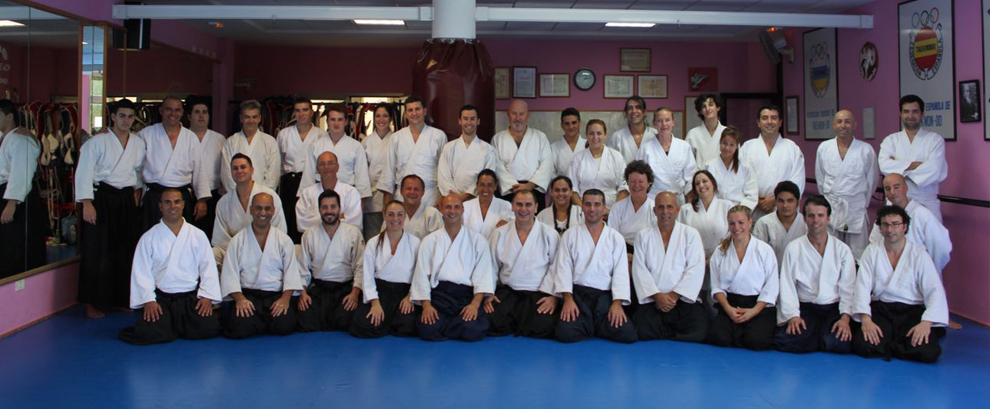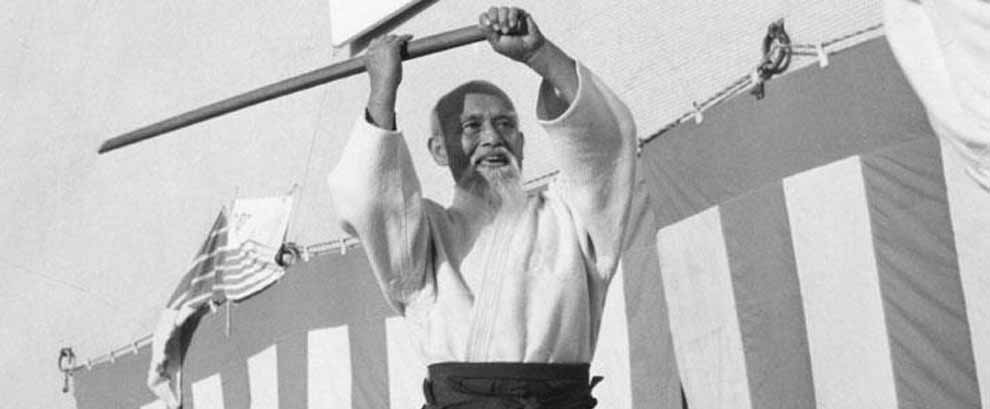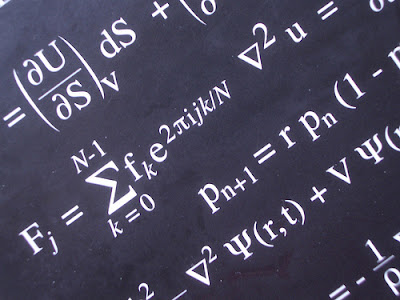The only, what really makes me happy, is mathematics. Snow, Ice and figures.
Peter Høeg, Smilla’s Sense of Snow
Mathematics, Considered legal, not only has truth, but supreme beauty – a cold and sober beauty, as the sculpture, without appeal to any part of our weaker nature, without the gorgeous trappings of painting or music, but sublimely pure, and a strict perfection capable, as they can only show the largest art.
Bertrand Russell, The Study of Mathematics
A root of an equation is a number, which converts the equation instead of an unknown in an identity. The root should satisfy the equation. An equation implies to solve, to find all the roots. An equation, which is always true, independent of the choice of the values for the unknowns, is called identity. (a + b)² = a² 2ab + b²
Stieg Larsson, The Girl Who Played With Fire
Charles, you're a mathematician. You are always looking for an elegant solution. Human behavior is rarely elegant, if any. The universe is full of these odd bumps and turns. Do you know, maybe you should make your equation less elegant, complicated; less precise, more descriptive. You will not be so beautiful, but they might work a bit better.
Dr. Larry Fleinhardt, Numb3rs
All figures are
Charlie Eppes, Numb3rs
The mathematics has become cool in recent years. And mathematicians have become Stars. Es gab Will Hunting in Good Will Hunting. John Nash in A Beautiful Mind. Alan Turing in Breaking the Code. And the natural math genius Lisbeth Salander in the Millennium Trilogy by Stieg Larsson. Mathematics would have made much more fun at school, if they had shown us consequences of Numb3rs.
We use geometry concepts throughout the Aikido. A point. Lines. Space. Level. The curve. Vectors. Roll. Spirals.
The Triangle, the circle and the square are sometimes used as basic symbols of Aikido. You can have different meanings, and there are a few suggestions in the links below. The idea of a square is not very useful in practice. But the triangle and the circle are very
useful concepts.
There is an interesting Judo textbook called The Secrets of Judo by Watanabe and Lindy Avakian Jiichi. It is unusual, because it uses mathematics and physics, to explain judo throws and handles. Kräfte der das Parallelogramm, Moment, the coefficient of friction …
There is more than one page of equations only about, how to fall – Ukemi. Time and speed and acceleration and mass and distance. And the resistance of the mat.
It is a good approach. As long as you also are doing the physical practice. Look only to the words. Physics. Physical practice.
It is not difficult, to teach a judo throw by Numbers. If you in the Uchikomi or Nagekomi practice with a partner, go in a certain way, Your body in a certain way and move break the balance in a certain way, You can finally make a technically precise Judo throw. It takes a long time, a litter to learn enough, to apply it against an opponent, also the attempt to shed. But if you have explained it clearly, can perform an effective throw a white belt.
Aikido is perhaps a little different. You can also explain and show an Aikido technique and divide it by numbers. But, as always so clear and well you an Aikido throw a white belt and explain how good the throw is made, the result is still like a litter of a white belt look.
Jigoro Kano who Gründer des Judos, used even a simple mathematical model to explain the principle of Judo.
In order to understand, what is meant by gentleness or yielding, say, that a man is standing in front of me, whose strength is ten, and that my own strength is but seven. If he me so much, as he can push them, I'm sure, I'm depressed or pushed, even if I resist with all my might. This is strength against strength use. But if I take me to oppose him, him give in to the extent in which he pushes my body withdrawing and keep my balance, is my opponent lose his balance. Weakened by his predicament, he will not be able to use all his powers. You will be dropped to three. Because I keep my balance, remains my strength to seven. Now I'm stronger than my opponents and can defeat him with only half my strength and keep the other half for another purpose. Even if you're stronger than your opponent, it is better, only to give way. Thus, you save your energy, while you get tired your opponent.
Jigoro Kano, Kodokan Judo
In Aikido, the math is a little different. The Aikido version goes like this. From me.
In order to understand, what Aikido means, we say an attacker is in front of me, their physical strength is ten, and that my own physical strength is seven. If the attacker me so much, as he can push them, I'm sure, I'm depressed or pushed, even if I resist with all my might. This is strength against strength use. But if I instead of me to oppose him, go in – or turn – or go in and turn – and thereby keep my own balance, is the balance of the attacker are completely broken. The attacker is helpless and unable to use his power any. You will have fallen to nothing. Null. My physical strength remains at seven. Now I'm stronger than the attacker and can defeat him with only a tiny fraction of my strength. But I do not try, to defeat the attacker. I see the attacker, that it is pointless to attack.
In Japan, the mathematics has a positive image. I have already previously mentioned, that the accountant Keirishi be called. The shi uses the same character as Bushi, Samurai. I wrote about the great movie The Twilight Samurai in it's hard to be a Samurai. The hero of this film is an accountant. But he is also a skilled swordsman. Another excellent Samurai film about an accountant Abacus and Sword. It's about a Samurai, the earned his ability as an accountant respect. Japanese students learn arithmetic with balls – soroban – in the school. The rank in the Soroban is made by Kyu and Dan grades. The same as in the martial arts.
Niall
http://www.judoinfo.com/jhist5.htm
http://www.qedcat.com/moviemath/index.html
Mathematics in the movies
http://www.cut-the-knot.org/ctk/ArtMath.shtml
Mathematics and Art
http://en.wikipedia.org/wiki/Mathematics_and_art
http://en.wikipedia.org/wiki/Multiplication_table
http://en.wikipedia.org/wiki/Chinese_multiplication_table
http://en.wikipedia.org/wiki/Soroban
http://www.uitti.net/stephen/soroban/index.shtml
http://www.aikiweb.com/forums/archive/index.php/t-12457.html
http://aikido4beginners.wordpress.com/2008/04/22/aikido-and-the-triangle-circle-square-2/
http://akas.imdb.com/title/tt0351817/
The Twilight Samurai | Tasogare Seibei
http://akas.imdb.com/title/tt1552984/
Abacus and Sword | Bushi No Kakeibo
my blog in aikiweb
my blog in wordpress
© niall matthews 2013
Translation Carina
From Aikiweb










Latest Comments